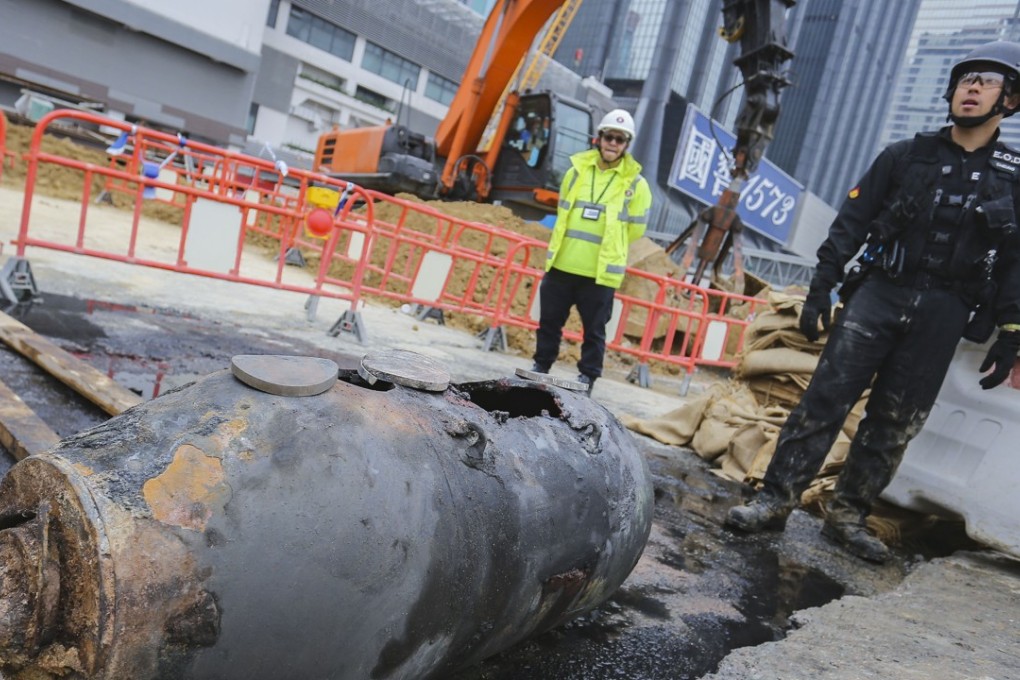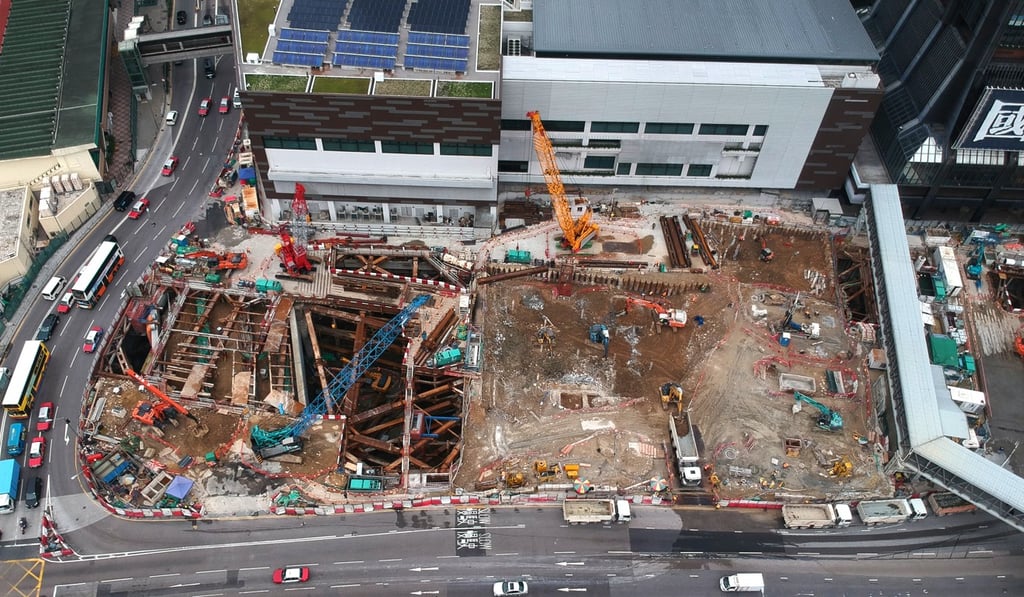Finding unexploded wartime bombs across Hong Kong is ‘overdue responsibility’ of government, experts say
Security Bureau does not have information on number and locations of such devices and says it is duty of police to handle issues regarding explosives

Historians have urged the Hong Kong government to conduct a thorough underground study of unexploded wartime bombs across the city for public safety, arguing that this “mission possible” is an overdue responsibility.
While the exact number of dormant devices beneath the ground remains unclear, amateur historian and former Cathay Pacific pilot Ian Quinn estimated in a book that 4,000 bombs were dropped on Hong Kong by American aircraft – and about 1,000 failed to detonate.
According to police, since its establishment in 1972, the Explosive Ordnance Disposal Bureau handles 10 to 15 unexploded ordnances “in a typical year”.
Why does Hong Kong have so many buried wartime bombs?
The bureau does not have information on the number and locations of other undetonated bombs.

It took officers a total of 50 hours to remove the two bombs located 27 metres below ground. Up to 6,300 people were evacuated from the surrounding areas and businesses had to be suspended during the operation.